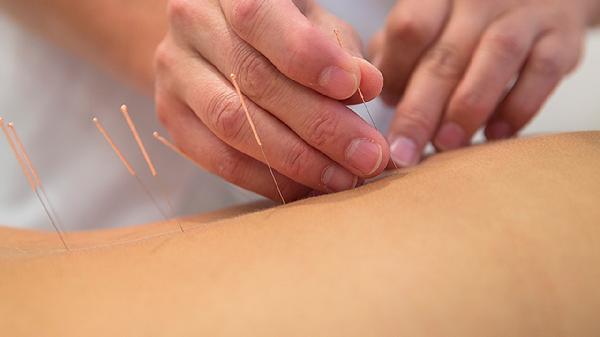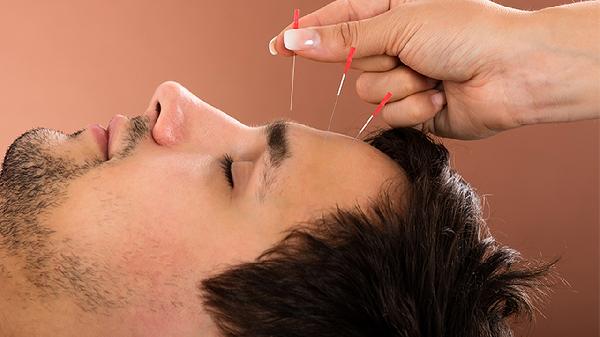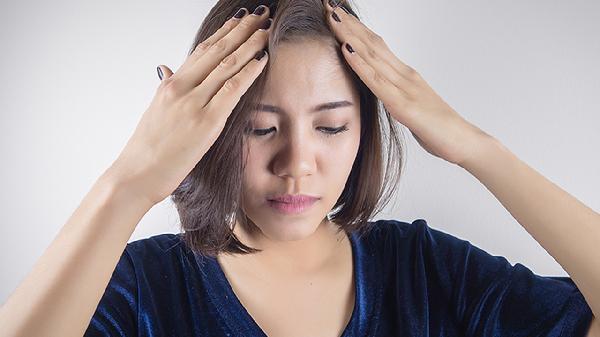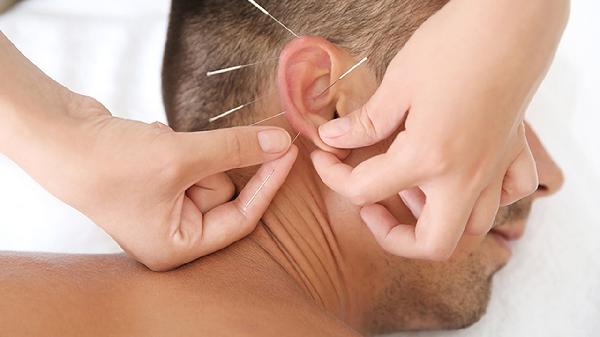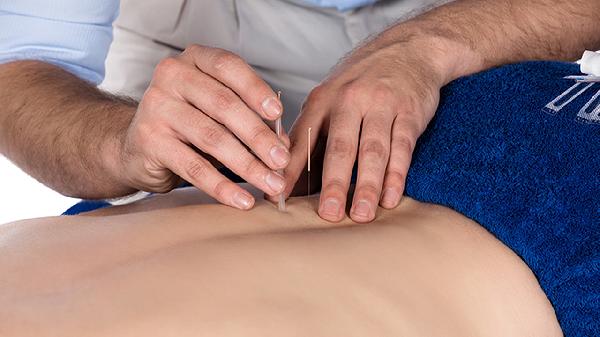Acupuncture, an ancient Chinese medical practice, involves inserting thin needles into specific points on the body to promote healing and relieve pain. The top acupuncture techniques for ultimate relief include traditional Chinese acupuncture, electroacupuncture, auricular acupuncture, scalp acupuncture, and cupping therapy. Each method targets different conditions and offers unique benefits, making acupuncture a versatile treatment option for various ailments.
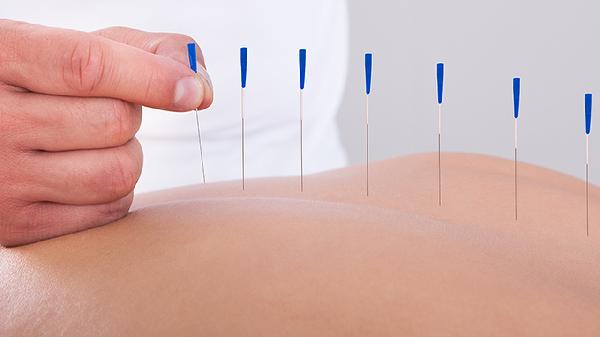
Traditional Chinese Acupuncture
Traditional Chinese acupuncture is the most widely practiced form, rooted in the principles of balancing the body’s energy flow, or Qi. By inserting needles into specific meridians (energy pathways), this technique aims to restore harmony and alleviate symptoms such as chronic pain, migraines, and digestive issues. Practitioners often customize treatments based on individual needs, ensuring a holistic approach to healing. This method is particularly effective for stress relief, improving sleep quality, and enhancing overall well-being.
Electroacupuncture
Electroacupuncture combines traditional acupuncture with electrical stimulation to enhance its therapeutic effects. Small electrodes are attached to the needles, delivering a gentle electric current to the acupuncture points. This technique is highly effective for managing severe pain, neurological disorders, and muscle spasms. It is also used in addiction treatment and post-surgery recovery. The electrical stimulation amplifies the body’s natural healing response, making it a powerful tool for pain management and rehabilitation.
Auricular Acupuncture
Auricular acupuncture focuses on the ear, which is believed to contain reflex points connected to every part of the body. By targeting these points, practitioners can address a wide range of conditions, including anxiety, insomnia, and addiction. This technique is often used in conjunction with other therapies to enhance its effectiveness. It is particularly popular for its convenience and non-invasive nature, making it an excellent option for those seeking quick relief from stress or emotional imbalances.
Scalp Acupuncture
Scalp acupuncture involves inserting needles into specific areas of the scalp to treat neurological and psychological conditions. This technique is particularly effective for stroke recovery, Parkinson’s disease, and multiple sclerosis. It stimulates the brain and nervous system, promoting neuroplasticity and improving motor function. Scalp acupuncture is also used to address mental health issues such as depression and anxiety, offering a non-pharmaceutical approach to treatment.
Cupping Therapy
While not strictly acupuncture, cupping therapy is often used alongside acupuncture to enhance its effects. This technique involves placing glass or silicone cups on the skin to create suction, which helps improve blood flow, reduce inflammation, and relieve muscle tension. Cupping is particularly effective for treating respiratory conditions, chronic pain, and sports injuries. It leaves temporary circular marks on the skin, which are a sign of improved circulation and detoxification.
Choosing the Right Technique
The choice of acupuncture technique depends on the individual’s condition, preferences, and the practitioner’s expertise. It is essential to consult a licensed acupuncturist who can assess your needs and recommend the most suitable method. Combining acupuncture with other holistic practices, such as herbal medicine, massage, or yoga, can further enhance its benefits.
What to Expect During a Session
During an acupuncture session, the practitioner will first conduct a thorough assessment of your health history and symptoms. They will then insert thin, sterile needles into specific points on your body. Most people experience minimal discomfort, often describing the sensation as a slight tingling or warmth. Sessions typically last between 30 to 60 minutes, and the number of treatments required varies depending on the condition being addressed.
Safety and Effectiveness
Acupuncture is generally safe when performed by a trained and licensed practitioner. Side effects are rare but may include minor bruising, soreness, or dizziness. It is crucial to ensure that the needles used are sterile and disposable to prevent infections. Acupuncture has been widely studied and is recognized for its effectiveness in treating pain, reducing stress, and improving overall health. However, it is not a substitute for conventional medical care and should be used as a complementary therapy.
Integrating Acupuncture into Your Wellness Routine
Incorporating acupuncture into your wellness routine can provide long-term benefits for both physical and mental health. Regular sessions can help maintain balance, prevent illness, and enhance your quality of life. Pairing acupuncture with a healthy diet, regular exercise, and stress management techniques can create a holistic approach to well-being.
Conclusion
Acupuncture offers a natural and effective way to achieve ultimate relief from various physical and emotional conditions. Whether you choose traditional Chinese acupuncture, electroacupuncture, or another technique, this ancient practice can help restore balance and promote healing. Always consult a licensed practitioner to ensure a safe and personalized experience. By integrating acupuncture into your wellness routine, you can take proactive steps toward a healthier, more balanced life.

